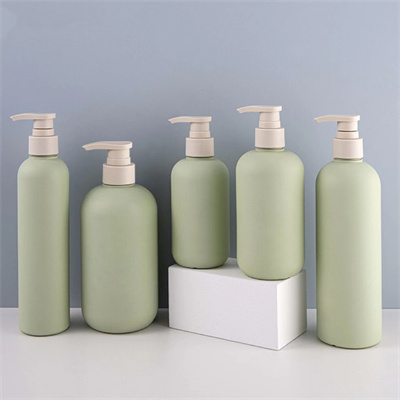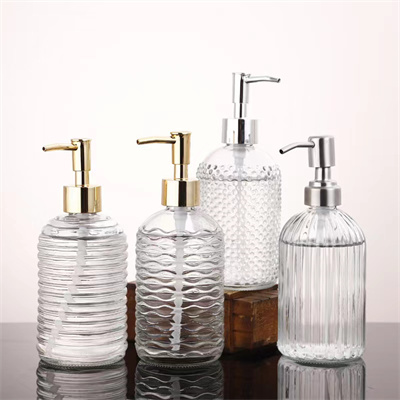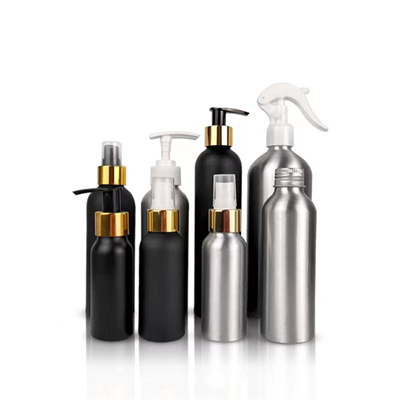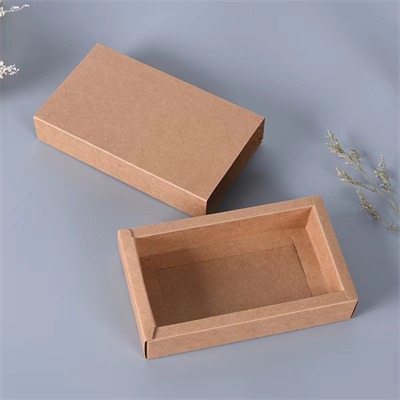Exploring Personal Care Packaging with Various Materials
July 18, 2023
In the bustling industry of personal care products, packaging plays a crucial role in capturing consumer attention and ensuring product quality. The materials used in personal care packaging must meet specific criteria such as durability, safety, and sustainability. This article will delve into the different types of materials commonly employed in personal care packaging, highlighting their characteristics and benefits. So, let's explore the world of personal care packaging materials!
1. Plastic:
Plastic is the most prevalent material used in personal care packaging due to its versatility, cost-effectiveness, and resilience. Polyethylene (PE), polypropylene (PP), and polyethylene terephthalate (PET) are commonly used plastics in this industry. PE and PP offer resistance to moisture, while PET provides excellent clarity. Additionally, plastic packaging can be easily molded into various shapes, sizes, and designs, making it highly customizable.

2. Glass:
Glass packaging exudes a sense of luxury and sophistication, making it a popular choice for premium personal care products. It is a non-porous material that preserves the integrity of the product while providing an attractive aesthetic. Glass also offers excellent barrier properties against external factors like light and air, ensuring the product's longevity. However, glass is heavier and more fragile compared to other materials, making it less suitable for travel-sized or lightweight products.

3. Metal:
Metal packaging, primarily aluminum, is commonly used for aerosol cans, deodorant sticks, and other personal care products that require high protection from light, moisture, and oxygen. Aluminum offers superior barrier properties and is easily recyclable. Metal packaging is sturdy, tamper-resistant, and can be decorated with various finishes for added visual appeal. However, metal packaging may not be suitable for all personal care products due to its weight and limited design possibilities.

4. Paper and Cardboard:
Sustainable packaging is gaining momentum in the personal care industry, and paper and cardboard play an essential role in eco-friendly packaging solutions. These materials are renewable, recyclable, and biodegradable, making them an environmentally conscious choice. While paper and cardboard may not be suitable for all personal care products due to their susceptibility to moisture, they are often utilized for secondary packaging, such as boxes and inserts.

Conclusion:
Selecting the right material for personal care packaging involves consideration of product requirements, branding goals, and sustainability concerns. Plastic, glass, metal, and paper/cardboard are primary materials used in the industry, each offering unique benefits and limitations. Companies must navigate these choices wisely to ensure optimal product preservation, consumer appeal, and environmental responsibility. By leveraging the characteristics of different packaging materials, personal care brands can deliver premium experiences to their consumers while minimizing the impact on the planet.
